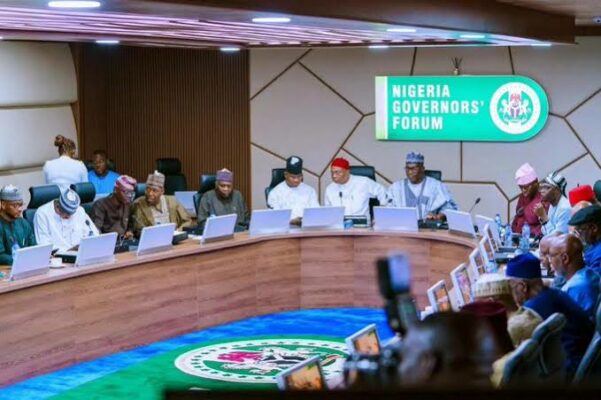Amid soaring inflation, 15 northern states collectively spent approximately ₦45 billion on poverty alleviation programs in the first half of 2024, an investigation has revealed.
The National Bureau of Statistics (NBS) reported on Friday that Nigeria’s inflation rate rose to 33.88% in October 2024, up from 32.70% in September. This marks a sharp increase from January’s inflation rate of 29.90%, underscoring the economic strain faced across the nation, particularly in northern Nigeria—a region with the highest poverty rates.
In April 2024, the National Security Adviser, Mallam Nuhu Ribadu, expressed concern over the alarming poverty levels in northern Nigeria, especially the North West, which he identified as the worst-hit. Ribadu, while delivering a lecture titled “Navigating the Maze: Addressing Multi-Dimensional Insecurity Challenges in Northern Nigeria” at Usmanu Danfodiyo University, Sokoto, highlighted that Sokoto remains the poorest state in the region.
The NBS’s Multidimensional Poverty Index Survey (2022) corroborates this, showing that 65% (86 million) of Nigeria’s 133 million poor people reside in the North. Sokoto leads with 91% of its population classified as poor, followed by Jigawa (83.3%), Zamfara (82.7%), Yobe (81.7%), and Bauchi (81.3%), among others.
State Spending on Poverty Alleviation
A detailed analysis of budget implementation reports, accessed via Open Nigerian States (a BudgIT-backed repository for government financial data), shows that these 15 northern states spent ₦45.3 billion on poverty alleviation programs between January and June 2024.
The states and their respective expenditures include:
- Zamfara: ₦1.3 million
- Yobe: ₦16 billion
- Plateau: ₦3.6 billion
- Niger: ₦280 million
- Nasarawa: ₦94 million
- Kwara: ₦583 million
- Kogi: ₦14 billion
- Kebbi: ₦54 million
- Katsina: ₦16 million
- Kaduna: ₦13 million
- Jigawa: ₦6 billion
- Gombe: ₦1.8 billion
- Borno: ₦3.2 billion
- Bauchi: ₦850 million
- Adamawa: ₦839 million
Despite receiving over ₦325 billion in grants and aid from international financial institutions during this period, poverty alleviation efforts varied widely among states. For instance, Kano State, where 68.8% of the population lives below the poverty line, reportedly did not allocate any funds to such programs in the first half of the year, despite receiving ₦5.3 billion in financial aid.
Similarly, Zamfara State, with 82.7% of its population classified as poor, allocated a mere ₦1.3 million to poverty alleviation despite receiving ₦52.8 billion in grants.
The disparity highlights significant inconsistencies in how northern states utilize resources to tackle poverty, even as the region struggles with multidimensional challenges linked to insecurity and economic deprivation.
